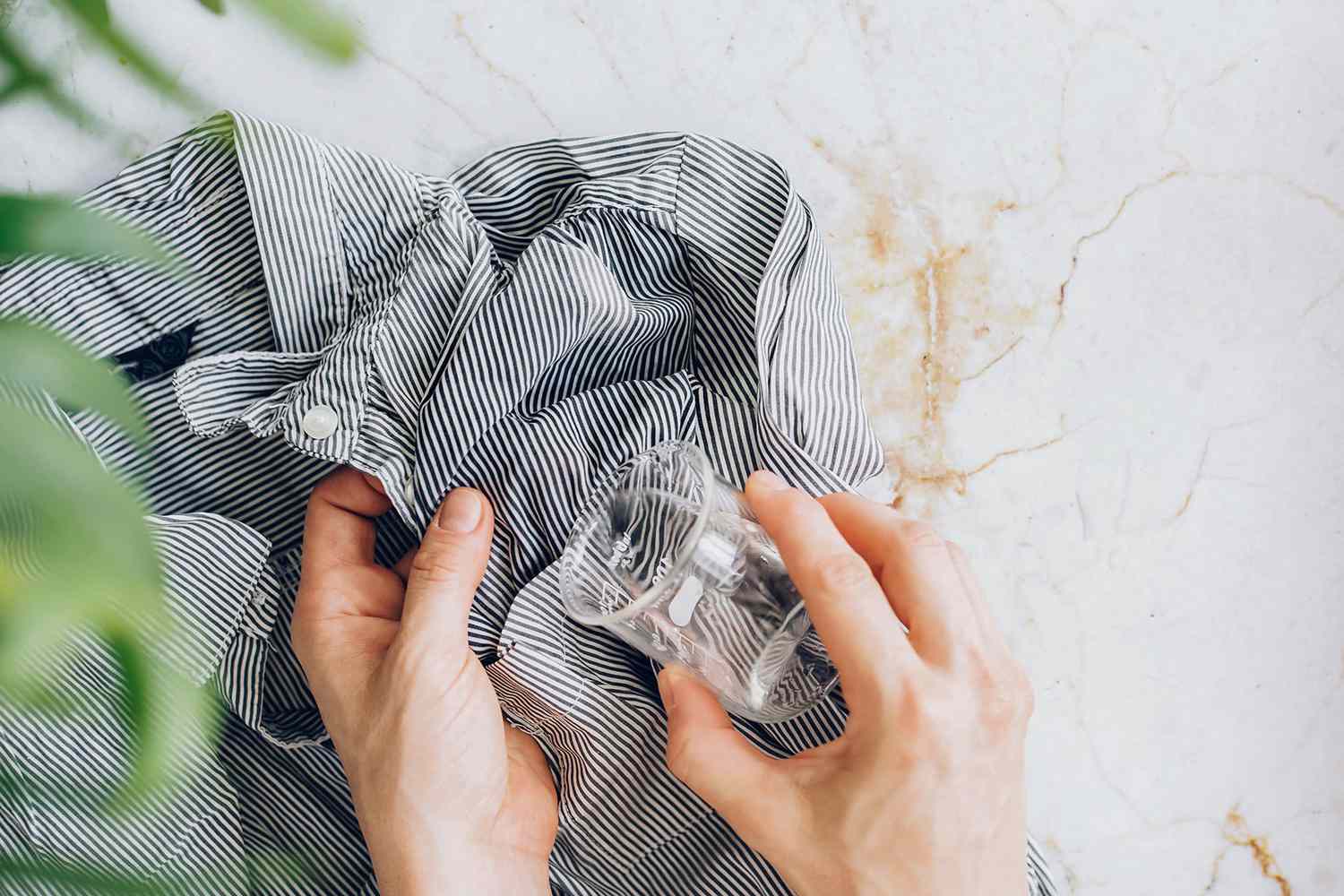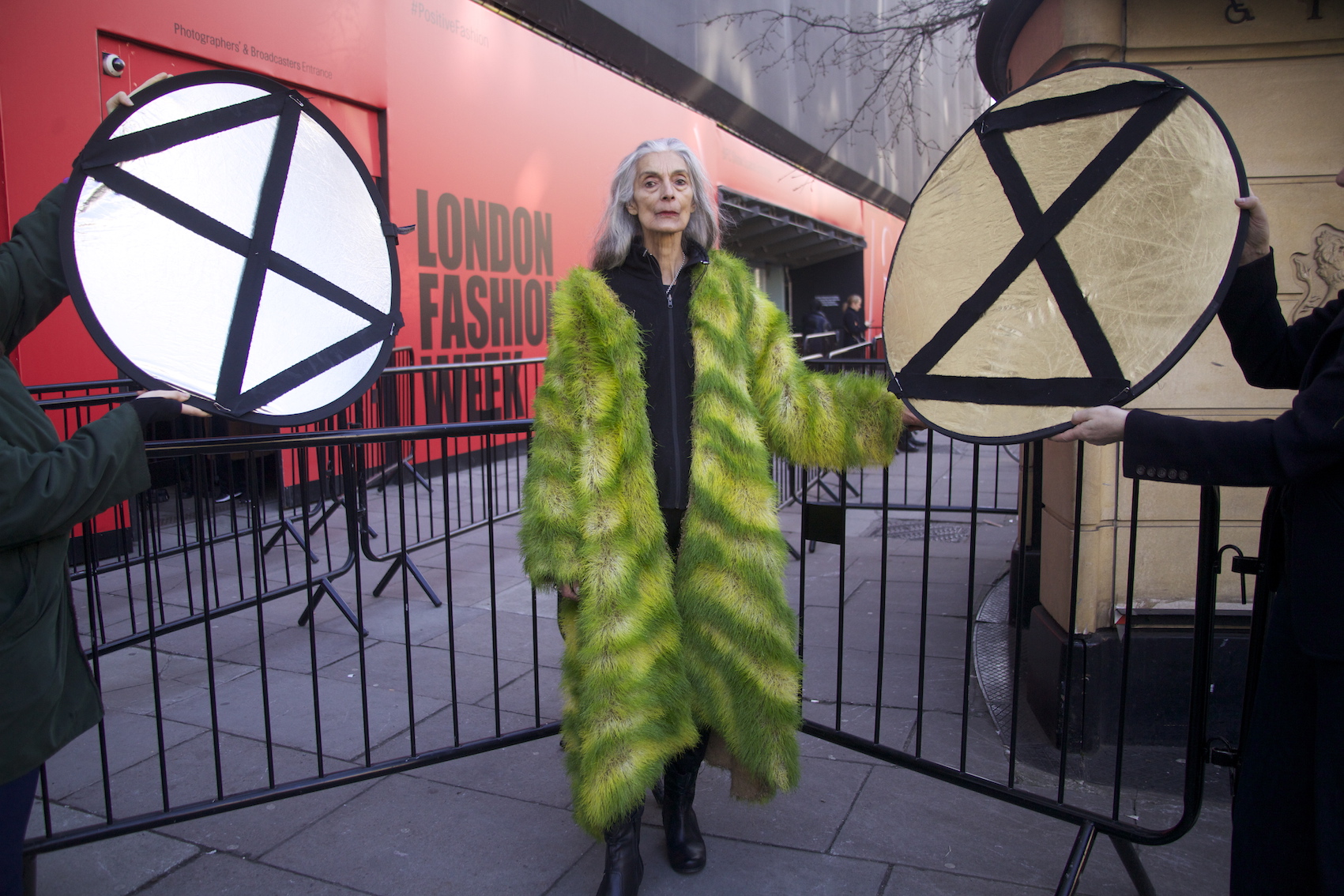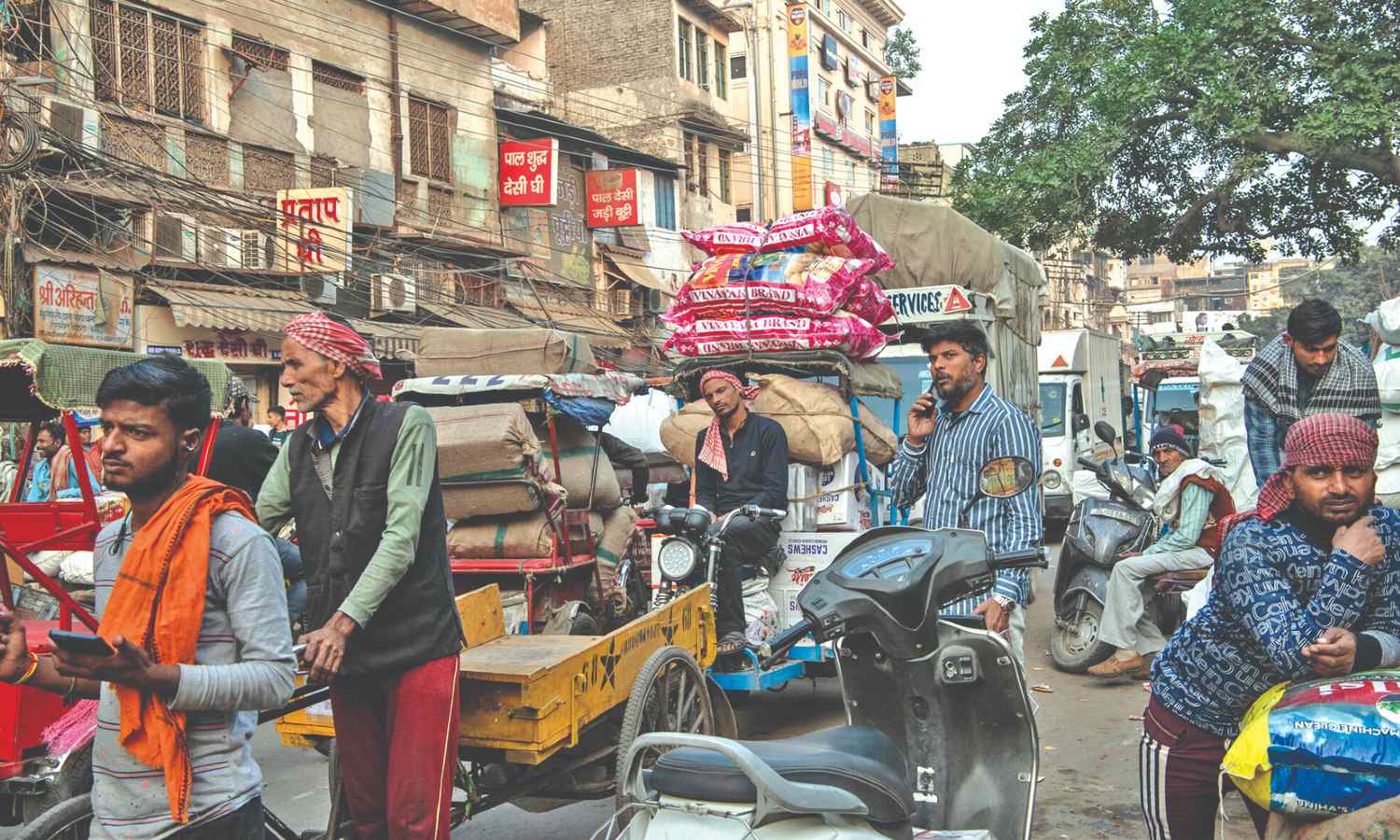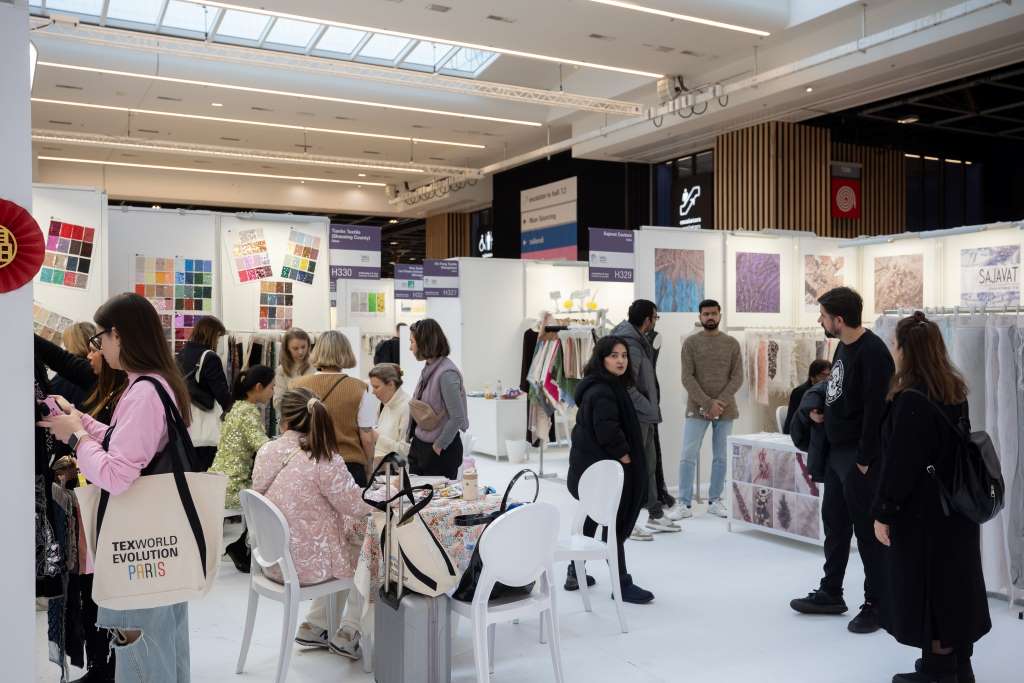FW
India’s first of its kind, Organic Herbal Lifestyle Wellness Garments manufacturing plant has come up at Sadhupul near Chail and Shimla in Himachal Pradesh. It is located in the lap of nature amidst green and serene environment. Organic products represent the next stage in lifestyle, Advantage Organic Natural Technologies Private (AONTPL) is the 'state of the that uses world's first truly Organic Herbal Lifestyle Wellness Garments manufacturing plant using its indigenous green cleantech, low carbon footprint, patented technology.
It is launching the 'Joy of Life' range of Under Garments, Night Wear, Yoga Wear for Men, Women, Kids and Infant wear. Joy Of Life' aims to integrate ‘Ayurvastra’ (Health Garment), the ancient science of clothing using modern Nano-Bio Technology applications. These are used to dye and process garments using medicinally rich USFDA approved (Safe List) Herbs and other Bio-materials for anti-microbial, Invigorating, moisture regulating and other value-added properties.
AONTPL was incubated in IIT Delhi campus and owns three patents in the US, Europe and India. One more patent ‘Method for Dyeing a Textile product using Neem and Holy Basil Extract’ is pending in India. The company has developed first of its kind Green Proprietary Textiles Bio-processing Technology to produce Organic Herbal Garments with Skin Fortifying & Wellness properties using Modern Biotechnology Applications and with the help of Bio-engineering Natural/ Organic Herbal ingredients only.
Hyosung Corporation, a leading spandex producer, along with Best Pacific will launch a new range of fabrics with Mipan Aqua X and Creora Fresh at ISPO Munich, which takes place from February 5-8, 2017. The strategic co-operation of Best Pacific and Hyosung was designed to offer active wear brands and retailers a concept to meet consumer needs for confident performance with moisture management, UV protection, comfort, fit and freshness from odour neutralising technologies.
The new fabric collection features a combination of technologies. These include: Mipan Aqua X cooling, UV, and moisture management nylon with creora fresh spandex odour neutralising elastane; Freshgear odour neutralising polyester with creora Fresh elastane; and Aerowarm hollow core polyester and creora Powerfit elastane.
Hyosung Corporation is one of Korea’s leading multinational conglomerates, with annual worldwide sales of more than $8.7 billion. The conglomerate maintains a network of more than 73 subsidiaries and international branch offices around the globe. It operates in seven performance groups that include textiles, industrial materials, chemicals, power and industrial systems, construction, trading and information and communication.
The Georgia Cotton Commission will hold its 10th Annual General meeting on January 25, 2017 at the UGA Tifton Campus Conference Center. The Commission has announced the list of guest speakers. The meeting is to be held along with the UGA Cotton Production Workshop conducted by the UGA Research & Extension Cotton Team.
The speakers would be Reece Langley, VP, Washington Operations, National Cotton Council; Tom Wedegaertner, Director of Cottonseed Research and Marketing, Cotton Incorporated and Bruce Atherley, Executive Director, Cotton Council International. Langley became the VP of Washington Operations at the National Cotton Council in 2014. He is responsible for coordinating Washington’s activities for the Council which includes working with Congress and the Administration. This to ensure that the seven segments of the US cotton industry competes effectively and profitably in the global market. Before joining the Council, Langley was the VP of government affairs for the USA Rice Federation.
Wedegaertner began with Cottonseed in 1980 as assistant director, Research and Education with the National Cottonseed Products Association in Memphis, Tennessee. After almost a decade with NCPA, Wedegaertner began working as a cottonseed products marketing specialist for the Anderson Clayton Company in Seattle, Washington.
Atherley has a long and successful track record in global marketing and management. Earlier, he served as VP, Global Marketing for Kao, Inc, a Tokyo-based global manufacturer of personal care and household products.
After having filed a complaint in the US Bankruptcy Court to retrieve nearly 250,000 pounds of greige fabric from Tri-Star Dyeing & Finishing, American Apparel has agreed to dye the fabric. The fabric in question was sent to the dyeing facilities in Santa Fe Springs, California before American Apparel filed for Chapter 11 bankruptcy protection on November 14.
But Tri-Star refused to dye the rest of the fabric until American Apparel paid a $100,000 invoice issued for fabric dyed before the Los Angeles clothing manufacturer declared bankruptcy. According to an American Apparel spokesperson, a consensual resolution was reached and the parties have decided to work together.
In the December 15 complaint, American Apparel noted that the undyed fabric worth $500,000 was essential for completing the orders promised to Gildan Activewear, the Canadian stalking horse bidder that has offered $66 million to buy American Apparel’s intellectual property rights and its wholesale merchandise.
American Apparel said it contacted Tri-Star shortly after filing for bankruptcy protection and explained it could not immediately pay the dyeing and finishing company’s invoices sent before the bankruptcy filing. In response, Tri-Star changed its payment terms to cash on delivery and tried to increase the dyeing price by adding a $1 per pound surcharge until it received its $100,000. American Apparel said that in some cases the surcharge amounted to a 150 per cent increase over the normal price. American Apparel said that it rejected the surcharge price increase and requested that its fabric be returned so it could use an alternative dyeing company to get the goods done in time to complete its orders. But days later, an agreement was worked out.
Pakistan has lifted the ban on import of Indian cotton. So 12,000 bales that were detained at the port will be freed for entry. The decision was taken since the local crop has fallen short of target. Indian exporters had signed contracts to export 3,50,000 bales to Pakistan since the start of the marketing year on October 1 and out of that nearly 3,00,000 bales for shipments in December and January had got stuck.
Pakistan is the world's third largest cotton consumer. It usually starts importing from September. Last year, Pakistan bought 2.7 million bales from India. In 2015-16, Pakistan surpassed Bangladesh to become India's biggest cotton buyer, accounting for 40 per cent of exports. Pakistan bought 822 million dollars worth of cotton from India last year.
Currently, Pakistan’s cotton arrivals have recorded an increase of 12.33 per cent to 10.14 million bales till December 15 against 9.03 million bales last year. However the crop remains far below the consumption demand of 14.5 million bales. Last year Pakistan imported 2.7 million bales from India that also contained binola. Ginning in Gujarat and Maharashtra is done on the roller technology, under which some cut seed (binola) remains part of the lint that is later removed by local spinners.
Operating income for the US retail industry is expected to grow between four and five per cent for the year ahead. Sales are expected to grow in the three to four per cent range. Pressures from foreign exchange and excess inventory will ease, with operating profit up five to seven per cent after a very weak 2016. Sales growth will accelerate six to eight per cent, supported by direct-to-consumer selling and international growth.
Larger apparel sellers will continue to emphasize top-line organic growth through direct-to-consumer channels, buoyed in part by the significant international expansion opportunities for many brands. Though input costs are rising, they remain manageable. Apparel and footwear sellers, on the other hand, will be squeezed as consumers continue to spend more on healthcare, rent, home-related products, electronics and cars, while weak traffic trends and competitive pressure will continue to impact operating performance of department stores.
Discounters/warehouses will see operating income decline two to three per cent, and Walmart, which accounts for 75 per cent of this subsector, will continue to see weak performance as wage hikes and investment for future growth squeeze its profits. Meanwhile, operating profit will grow less than one per cent in the office supply subsector in the year ahead.
"On the back of promising production, USDA increased its estimates for 2016 US crop to 16.5 million bales, up 300,000 from the December supply demand report. Domestic mill use was cut to 200,000 bales and lowered to 3.3 million, down from the prior estimate of 3.5 million. The estimate for exports was raised 200,000 bales as USDA typically does when it increases crop size and was 12.2 million. Thus, ending stocks for July 31, 2017 were estimated to increase 300,000 bales and are now estimated at 4.8 million."
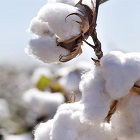
On the back of promising production, USDA increased its estimates for 2016 US crop to 16.5 million bales, up 300,000 from the December supply demand report. Domestic mill use was cut to 200,000 bales and lowered to 3.3 million, down from the prior estimate of 3.5 million. The estimate for exports was raised 200,000 bales as USDA typically does when it increases crop size and was 12.2 million. Thus, ending stocks for July 31, 2017 were estimated to increase 300,000 bales and are now estimated at 4.8 million.
The world crop was estimated at 104 million bales, up 1million from the November estimate. World consumption and exports were essentially unchanged. Thus, world carryover was increased by the same 1million bales. Imports of cotton to India, notably 1 million bales in August and September, suggest the USDA continues to carry its estimate of Indian stocks some 3-4 million bales too high. Nevertheless, world stocks still exceed 85 million bales.
Reviving the ‘Made in US’ tag
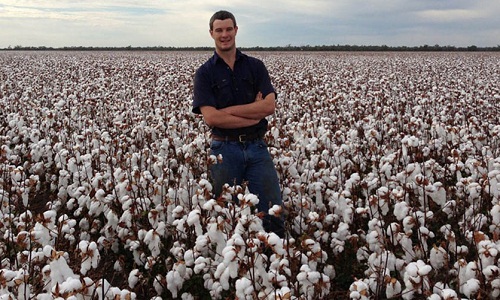
US cotton is attempting to revive its ‘Made in US’ tag. As difficult as the road to that revival may be, US and world cotton continues to battle for fiber market share. To date, the battle has won by China. Yet, prices of polyester have seen a significant rise. Most of the world’s acid-based chemical fibers are manufactured in China. Thus, cotton has been presented a small window to slow the decline in consumer preference. Nevertheless, the battleground remains unfavourable unless cotton can regain consumer confidence.
Shipping to the world
Mills continue to support the market in spite of negative yarn spinning reports that have a number of Pakistani spinners facing bankruptcy. The problem is more associated with Pakistan than any other country as yarn prices in China have seen some improvement. US export sales climbed to a new marketing year high for the week ending 12/1/2016 as net sales totaled 409,400 RB (405,200 Upland; 4,200 Pima). The most significant sale was to Japan. The fact that Japanese purchases were large at this time of the year is suggestive that Japanese yarn spinners feel prices will rise. Too, China remained a large scale buyer.
Export shipments also improved significantly as shipments climbed to a marketing year high, 237,700 RB (229,700 Upland and 8,000 Pima). Export sales to date total 4.7 million bales compared to 3.0 million bales at the same time a year ago. Shipments total 3.0 million bales verses a comparison of 1.9 million bales year ago. Thus, sales are on pace to be a million bales or larger than the current USDA export estimate of 12.2 million bales. The pace of actual shipments is also ahead of the pace needed to meet the current USDA estimate. Thus, look for USDA to continue to increase its estimate of the demand for US cotton. Too, the high quality of the 2017 US crop is finding unusually strong demand from international mills.
The demand side of the price equation received an additional boost as mills are not fully covered for the first quarter of 2017 and are poorly covered for the second quarter. Brazil, Australia and the US merchants are all actively looking for high grades to fill the needs. While the US has sufficient quantity of cotton at present time, the Southern Hemisphere poses a different picture. Merchants are pressed to find quantity and the Australian 2016-17 crop is just emerging. Australian plantings have noted a significant jump as some 520,000 hectares were planted compared to only 312,000 last year.
China accounted for 35 per cent of the apparel imported into the United States for the 12-month period ending October 31. However, imports from China was down nearly seven per cent in the one-year period. Fewer clothes were imported this year compared to last year as US apparel brands and retailers headed to lower-wage countries such as Vietnam, India and Bangladesh for their production.
The most favored country for apparel making after China is now Vietnam. Apparel exports from Vietnam to the US grew 3.7 per cent in the one-year period ending October 31. That accounted for 13 per cent of all apparel imported into the United States. Bangladesh is also growing in importance when it comes to apparel manufacturing. Big retailers such as H&M and Zara have consistently headed to this extremely low-wage country to have goods produced in big factories.
For the one-year period ending in October, Bangladesh’s contribution to total apparel imports of the US was about 6.5 per cent. That was about the same as the previous year. India only exported 3.65 billion dollars in apparel to the United States, but when factoring in fabric and other textiles, the total jumped to 7.2 billion dollars.
The Textile Association (India) (TAI), Mumbai Unit organized International Textile Conference on “Make in India – Global Vision of Indian Textile Industry” on December 1 and 2 at the The Lalit hotel, Mumbai. The conference received an overwhelming response.
C. Bose, President, TAI, Mumbai Unit welcomed the chief guest, Ujjwal Uke, IAS, Principal Secretary (Textiles), Government of Maharashtra and key note speaker R. D. Udeshi, President-Polyester Chain, Reliance Industries Limited. He also welcomed the awardees, speakers, press, media and delegates.
In his inaugural address, Ujjwal Uke, the chief guest emphasised that the industry and government should work hand-in-hand to achieve the super ordinate goals of the Make in India campaign. He emphasised on positive vision by both industries and individual for the future growth of the country.
Giving the highlights, V. C. Gupte, chairman TAI, Mumbai Unit and convener of the conference said that ‘Make in India’ campaign aims to facilitate investment, foster innovation, enhance skill development, protect intellectual property and build best-in-class manufacturing infrastructure in India. The textile sector is one of major thrust areas planned in this mission providing growth drivers, FDI, investment and employment opportunities. He said that TAI’s Mumbai Unit thought of bringing national as well as international thought makers to give their views for the success of its Make in India campaign.
In his keynote address, R. D. Udeshi highlighted the comparative advantages and competitive strengths of India as fast emerging economy. He pointed out fibre base, modern technologies under the TUFs scheme and thrust on technical textiles. He remarked that the industries should avail of the opportunities to the best advantages to excel in the international competitive environment.
The Mumbai unit of the TAI has set a precedent of felicitating the textile professionals for their outstanding contribution in the field of textile industry. In this Conference, the Mumbai unit of the TAI felicitated chairman Jayantibhai Jariwala, chairman & managing director Colourtex Industries Pvt. Ltd. and G. T. Dembla, hairman, Precision Rubber Industries Pvt. Ltd. with The Lifetime Achievement Awards.
The Sri Lanka Apparel Exporters Association (SLAEA) held its Annual General Meeting recently in Colombo. Felix A Fernando, Director, Omega Line was appointed the new Chairman of Association. Rehan Lakhani and Azeez Rumi were appointed the new vice chairman and treasurer respectively. On his part, the new chairman pledged support to the industry along with the executive committee and the Council. He expressed gratitude to his predecessor, Saifuddin Jafferjee for an outstanding job done in the last two years.
Fernando's speech revolved around the importance of apparel industry to the economy of the country and the state of the global apparel industry today. He said that the textile and apparel export accounted for 46 per cent of the total exports which accounts for 6 per cent of the GDP in Sri Lanka. Income from the Apparel industry is the second largest forex source. It also accounts for nearly one million direct and indirect employments out of a total labour force of 8.3 million. In other words, 12.5 per cent of the country's total labour force is employed in the apparel industry, and it is equivalent to 46per cent of the total employment in the industrial sector.
Although it was disheartening to digest the current economic realities and the state of world economy and Sri Lanka’s own economy, the Association values the current government's desire to achieve a sustainable development through export led growth with globally connected value chains. He thanked the Minister of Finance for 75 per cent proposed rebate for additional profits from exports, as a result of government's drive to encourage and increase the country's exports.



